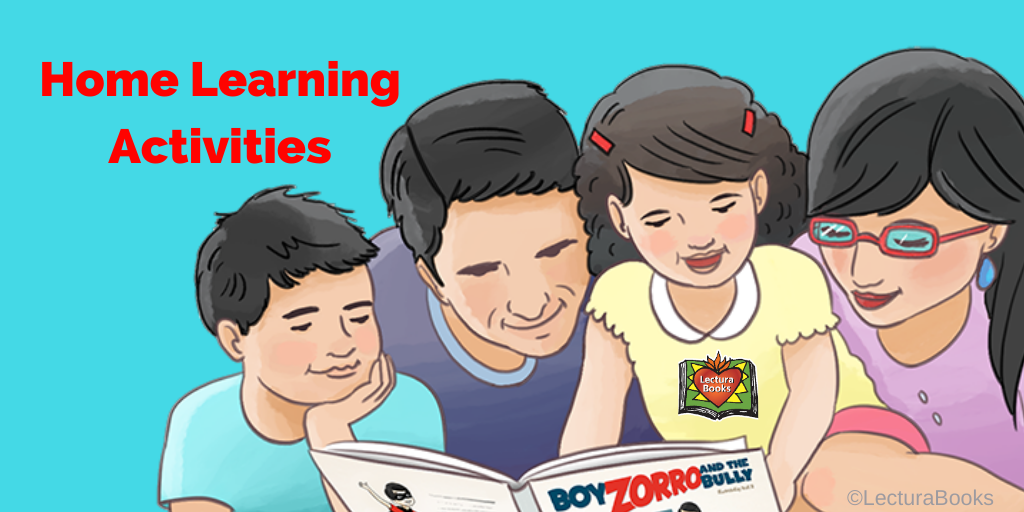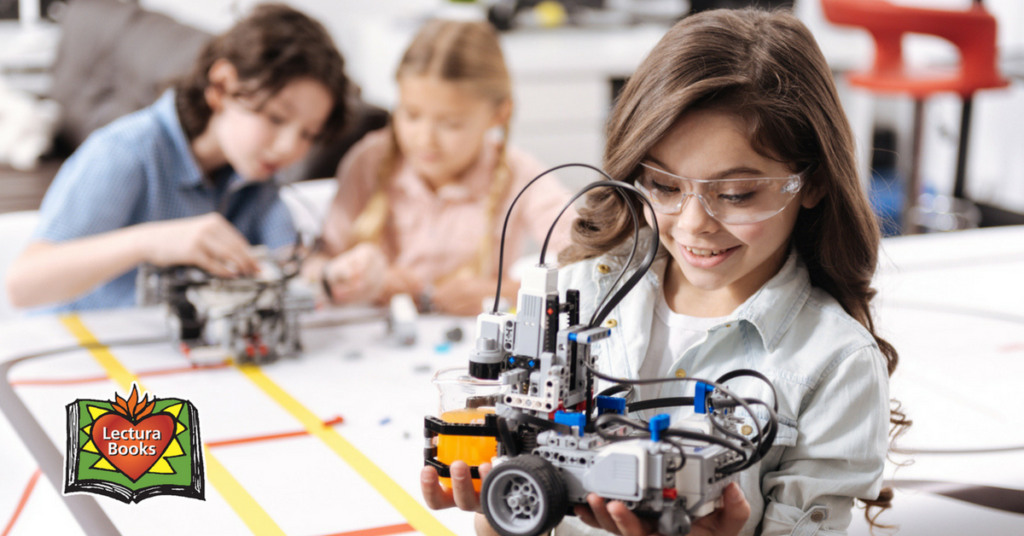
Project Based Learning is a type of learning that prepares students for academic, career, and personal success. It also assists in readying young people, so that they can rise to meet the challenges of their lives that they will encounter. In essence, Project Based Learning prepares students to find real solutions and answers to real questions and situations. These type projects can also be used at home, especially during COVID when schools are closed and parents are wanting activities to do with their children to keep them learning and growing.
What is Project Based Learning?
Project Based Learning is a style in which teachers make the learning process come alive for students. Teachers have students work on projects for an extended period of time ranging from a week, all the way up to a semester. These projects engage students in solving real-world problems and/or answering complex questions. Ultimately, students demonstrate the knowledge and skills they have acquired by presenting in front of an audience or developing a product for public viewing and use. This model can be adapted for parents working at home with their kids on particular projects.
Through Project Based Learning, students develop a great deal of content knowledge. Additionally, they develop a wealth of creativity, critical thinking, and communication skills by working on a meaningful, authentic project.
Effective Project Based Learning
Project Based Learning projects focuses on student learning and setting goals. Essential elements of projects include:
- Challenging Question or Issue: Projects are framed by question to answer or a problem to solve.
- Authenticity: Projects include real-world context, tools, tasks, quality standards, and impact.
- Sustained Inquiry: Projects engage students in extended periods of asking questions, locating resources, and applying the information in their lives.
- Understanding Key Knowledge and Skills: Projects focus on students’ ability to learn goals and standard knowledge such as communication, self-management, critical thinking, problem solving, and collaboration skills.
- Reflection: Students learn by reflecting on their activities, quality to work, and ability to overcome obstacles.
- Student Choice: Teachers should encourage students to make decisions about what is being done and how they can complete a project.
- Critique & Revise: Teachers encourage students to receive, give, and utilize feedback to improve their final product.
- Finished Public Product: Students present their project publicly to people outside of their classroom.
Using Project Based Learning
Project Based Learning is popular in classrooms across the US, but you can utilize this teaching method in your parent and student programs at home during COVID. English Language Learners (ELLs) can especially benefit from this teaching style because they are practicing their language and learning skills. For more information and ideas for using this technique and other effective teaching methods visit The Latino Literacy Project, which provides webinars to train educators in Parent Engagement and learning at home.

